Home>Storage & Organization>Decluttering Tips & Tricks>How Do You Declutter Your Home When You Are Overwhelmed
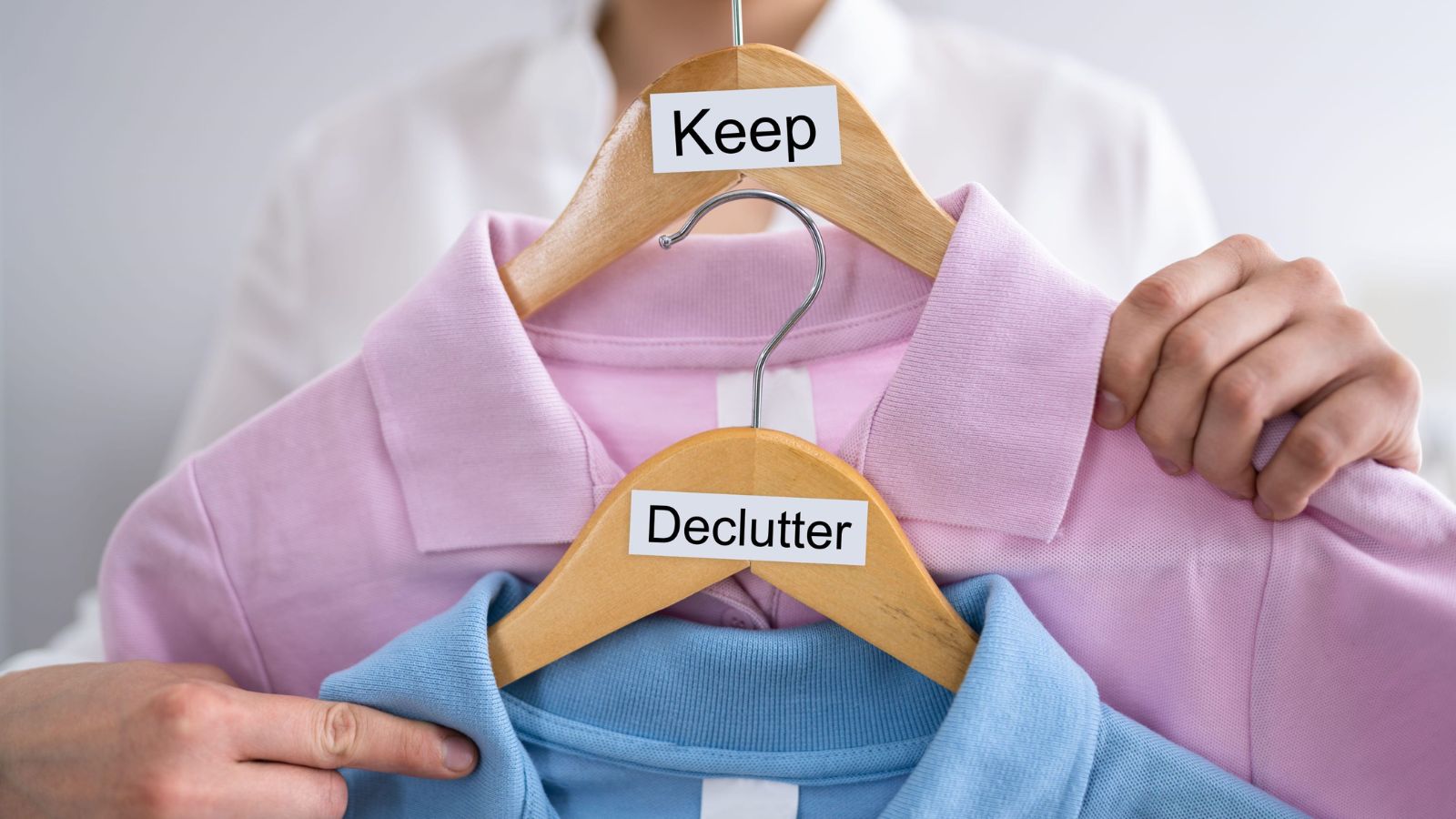

Decluttering Tips & Tricks
How Do You Declutter Your Home When You Are Overwhelmed
Modified: January 3, 2024
Discover effective decluttering tips and tricks to simplify your home and reduce overwhelm. Get expert advice on organizing and decluttering your space today!
(Many of the links in this article redirect to a specific reviewed product. Your purchase of these products through affiliate links helps to generate commission for Storables.com, at no extra cost. Learn more)
Assessing the Situation
When you find yourself overwhelmed by clutter, it’s essential to take a step back and assess the situation. This initial step is crucial for creating an effective decluttering plan. Here’s how to approach it:
- Observe and Identify Problem Areas: Start by taking a walk through your home and identifying the areas that are causing the most stress. This could be a cluttered kitchen, an overflowing closet, or a chaotic home office. It’s important to pinpoint the specific areas that are contributing to your feeling of overwhelm.
- Understand Your Habits: Reflect on your daily habits and routines. Are there certain behaviors that lead to clutter accumulation? Understanding your habits can help you address the root causes of clutter and prevent it from building up again in the future.
- Assess Emotional Attachment: Clutter is often tied to emotional attachments to possessions. Take the time to evaluate your emotional connection to various items in your home. This self-reflection can help you make more informed decisions when it comes to decluttering sentimental belongings.
- Consider Time and Resources: Realistically assess the time and resources you can allocate to the decluttering process. Understanding your constraints will help you set achievable goals and avoid becoming overwhelmed by the decluttering task itself.
By thoroughly assessing the situation, you’ll gain valuable insights that will inform the rest of your decluttering journey. This self-awareness will guide you as you move forward with setting goals, sorting and organizing, and ultimately creating a more harmonious living space.
Key Takeaways:
- Assess the clutter by identifying problem areas, understanding habits, assessing emotional attachment, and considering time and resources. This self-awareness will guide your decluttering journey and help you set achievable goals.
- Set realistic goals by prioritizing areas, defining clear objectives, being realistic about timeframes, and considering your lifestyle. This will prevent burnout and ensure steady progress toward a clutter-free home.
Setting Realistic Goals
Once you’ve assessed the clutter in your home, the next step is to establish realistic decluttering goals. Setting clear objectives will help you stay focused and motivated throughout the process. Consider the following strategies for setting achievable goals:
- Prioritize Areas of Focus: Based on your assessment, prioritize the areas of your home that require decluttering. Whether it’s tackling one room at a time or focusing on high-traffic areas, breaking down the task into manageable segments will prevent you from feeling overwhelmed.
- Define Clear Objectives: Set specific and measurable goals for each decluttering session. For example, your goal might be to declutter and reorganize the kitchen pantry, sort through a wardrobe, or clear out a designated storage area. Clearly defined objectives will provide a sense of accomplishment as you complete each task.
- Be Realistic About Timeframes: Acknowledge that decluttering is a gradual process, especially when dealing with extensive clutter. Avoid setting unrealistic deadlines that may lead to frustration. Instead, allow yourself enough time to thoroughly declutter each area without feeling rushed.
- Consider Your Lifestyle: Tailor your goals to align with your lifestyle and schedule. If you have limited time to dedicate to decluttering each week, adjust your goals accordingly. Adapting the process to suit your lifestyle will increase the likelihood of sustaining your efforts over time.
By setting realistic goals, you’ll create a roadmap for decluttering that is both achievable and sustainable. This approach will prevent burnout and ensure that you make steady progress toward a clutter-free and organized living environment.
Sorting and Organizing
Once you’ve set realistic goals, it’s time to dive into the sorting and organizing phase of decluttering. This stage involves making decisions about the items in your home and creating efficient systems for maintaining order. Here’s how to approach sorting and organizing:
- Declutter by Category: Adopt the “KonMari” method by sorting items into categories such as clothing, books, papers, sentimental items, and miscellaneous possessions. This approach allows you to see the full extent of each item type and make more informed choices about what to keep and what to discard.
- Use the “Keep, Donate, Discard” System: As you sort through each category, designate separate areas for items you want to keep, donate, or discard. This system streamlines the decision-making process and helps prevent second-guessing about whether to part with certain items.
- Create Functional Storage Solutions: As you organize the items you’ve chosen to keep, focus on creating functional storage solutions that make everyday living more convenient. Utilize storage bins, shelving units, and drawer dividers to maximize space and maintain order within cabinets, closets, and other storage areas.
- Implement the “One In, One Out” Rule: To prevent future clutter accumulation, consider adopting the “one in, one out” rule. For every new item you bring into your home, commit to removing an existing item. This practice encourages mindful consumption and prevents unnecessary accumulation.
By systematically sorting and organizing your belongings, you’ll not only reduce clutter but also create a more streamlined and functional living space. This process sets the stage for a more intentional and organized lifestyle, where your possessions serve a purpose and contribute to a sense of calm and harmony in your home.
Start small by decluttering one area at a time, like a drawer or a closet. Set a timer for 15 minutes and focus on that area only. Sort items into keep, donate, and trash piles to make the process easier.
Getting Rid of Unnecessary Items
Once you’ve sorted through your belongings and identified items you no longer need or want, it’s time to take proactive steps to remove unnecessary clutter from your home. Embracing a mindful approach to discarding items will help you streamline your living space and reduce the mental and physical burden of excess possessions. Here’s how to effectively get rid of unnecessary items:
- Consider Donation and Recycling: Items that are in good condition but no longer serve a purpose for you can be donated to local charities or shelters. Similarly, recyclable materials such as paper, glass, and plastic should be sorted and recycled responsibly to minimize environmental impact.
- Host a Garage Sale or Online Marketplace: If you have a significant number of items in good condition, consider hosting a garage sale or selling them through online marketplaces. This not only allows you to declutter but also gives others the opportunity to repurpose items you no longer need.
- Dispose of Unusable Items Responsibly: For items that are damaged or no longer functional, ensure they are disposed of responsibly. Research local disposal options for electronics, hazardous materials, and large items to comply with environmental regulations and keep your community clean.
- Seek Support from Professional Services: In cases where decluttering involves significant challenges, such as clearing out a hoarding situation or managing an estate, consider enlisting the support of professional decluttering and organizing services. These experts can provide guidance and assistance tailored to your specific needs.
By actively purging unnecessary items from your living space, you’ll create a more breathable and harmonious environment. Embracing a mindset of intentional consumption and responsible disposal will not only declutter your home but also contribute to a more sustainable and mindful lifestyle.
Creating a Maintenance Plan
After successfully decluttering and organizing your home, it’s essential to develop a maintenance plan to sustain the newfound sense of order and tranquility. Without a proactive approach to maintenance, clutter can gradually creep back into your living space. Here’s how to create an effective maintenance plan:
- Establish Daily Habits: Incorporate small daily habits that contribute to maintaining a clutter-free environment. This could include spending a few minutes each day tidying up communal areas, putting items back in their designated places, and addressing any emerging clutter promptly.
- Weekly Check-Ins: Designate a specific day each week to conduct a brief check-in on the state of your home. Use this time to address any clutter hotspots, assess the effectiveness of your organization systems, and make adjustments as needed.
- Regular Decluttering Sessions: Schedule periodic decluttering sessions to prevent accumulation of unnecessary items. This could involve revisiting specific areas of your home and reassessing items to ensure they still align with your needs and lifestyle.
- Reevaluate Purchasing Habits: Reflect on your purchasing habits and consider whether each new item entering your home serves a meaningful purpose. By adopting a mindful approach to consumption, you can prevent unnecessary clutter from reemerging.
By implementing a maintenance plan, you’ll cultivate long-term habits that support a clutter-free and organized home. Consistent effort and mindfulness will help you sustain the benefits of decluttering, fostering a living environment that promotes calmness, productivity, and overall well-being.
Frequently Asked Questions about How Do You Declutter Your Home When You Are Overwhelmed
Was this page helpful?
At Storables.com, we guarantee accurate and reliable information. Our content, validated by Expert Board Contributors, is crafted following stringent Editorial Policies. We're committed to providing you with well-researched, expert-backed insights for all your informational needs.
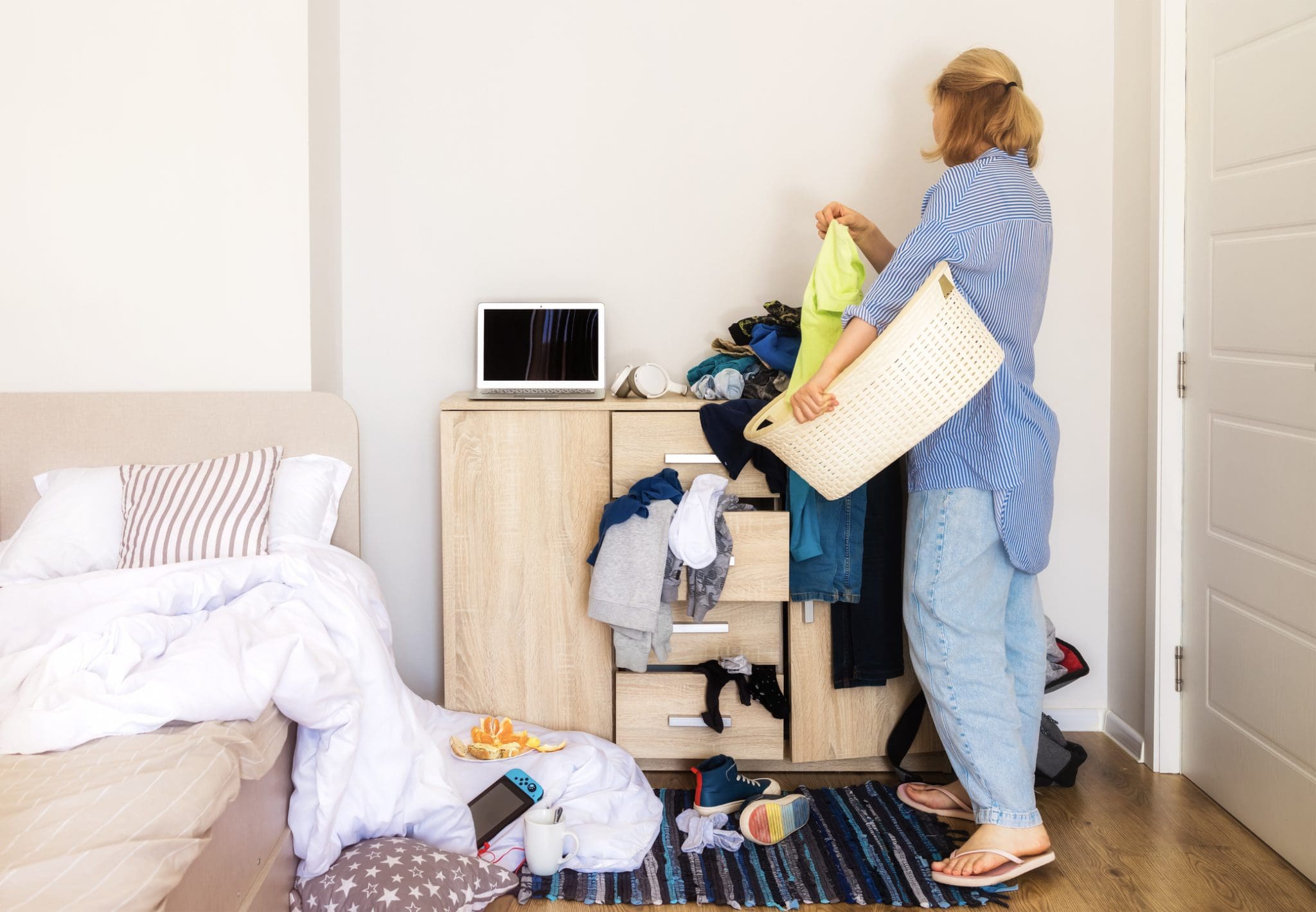
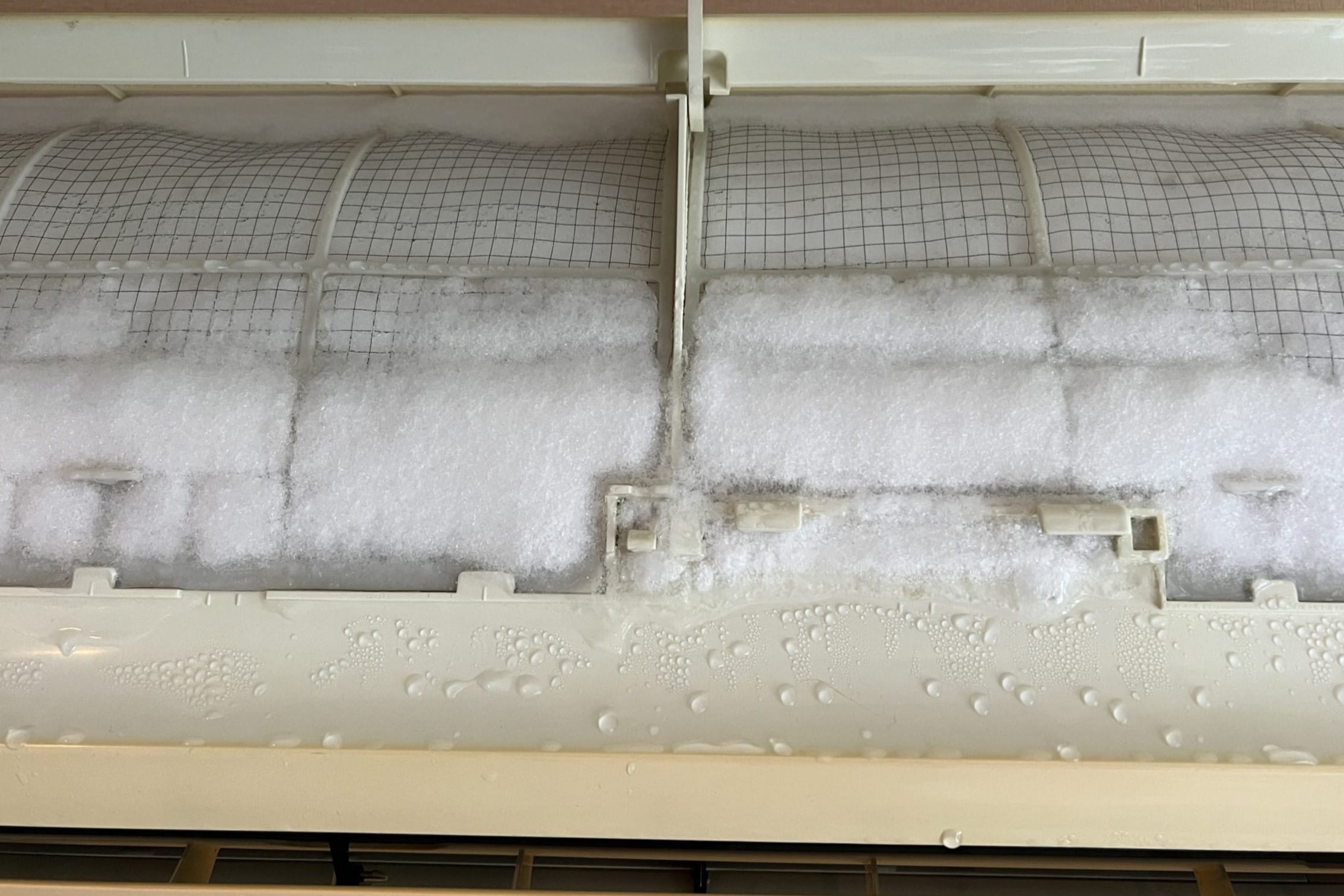

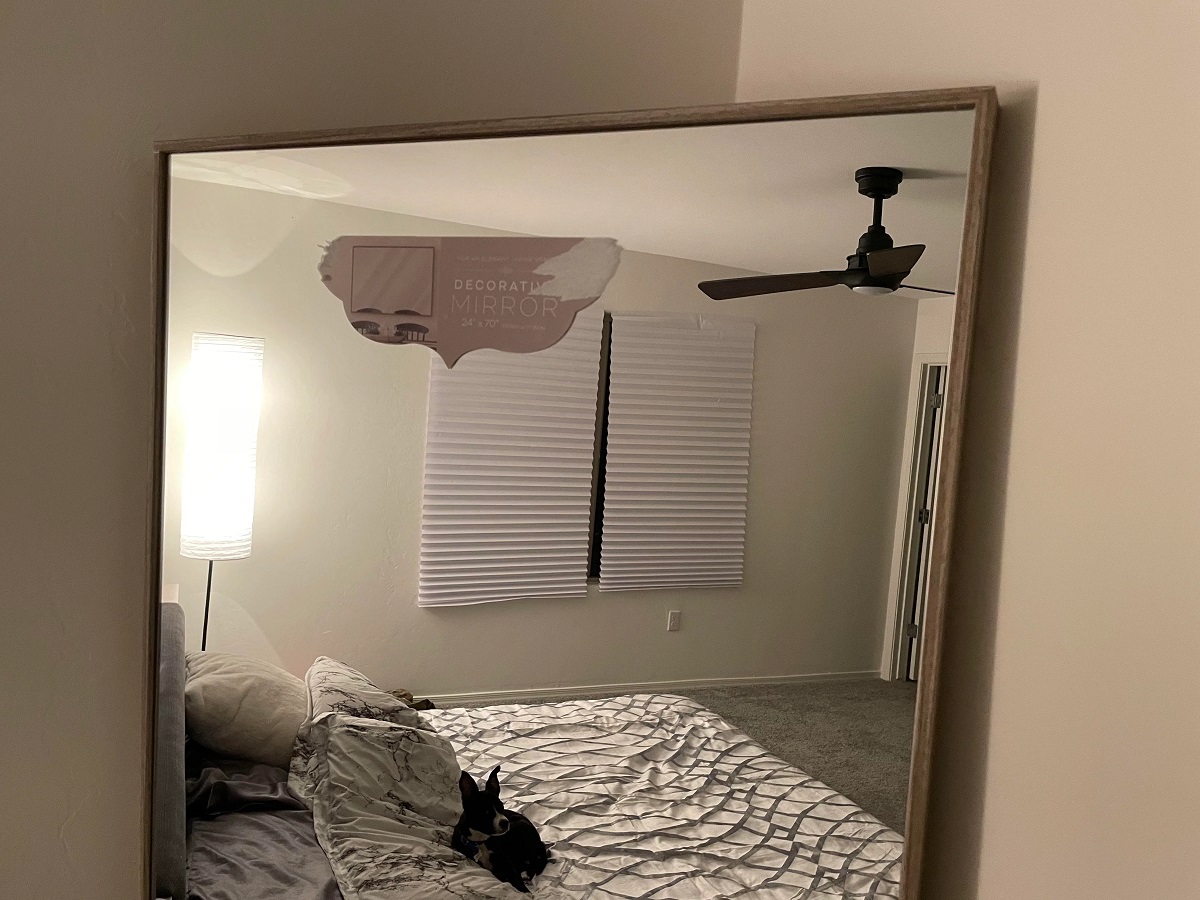
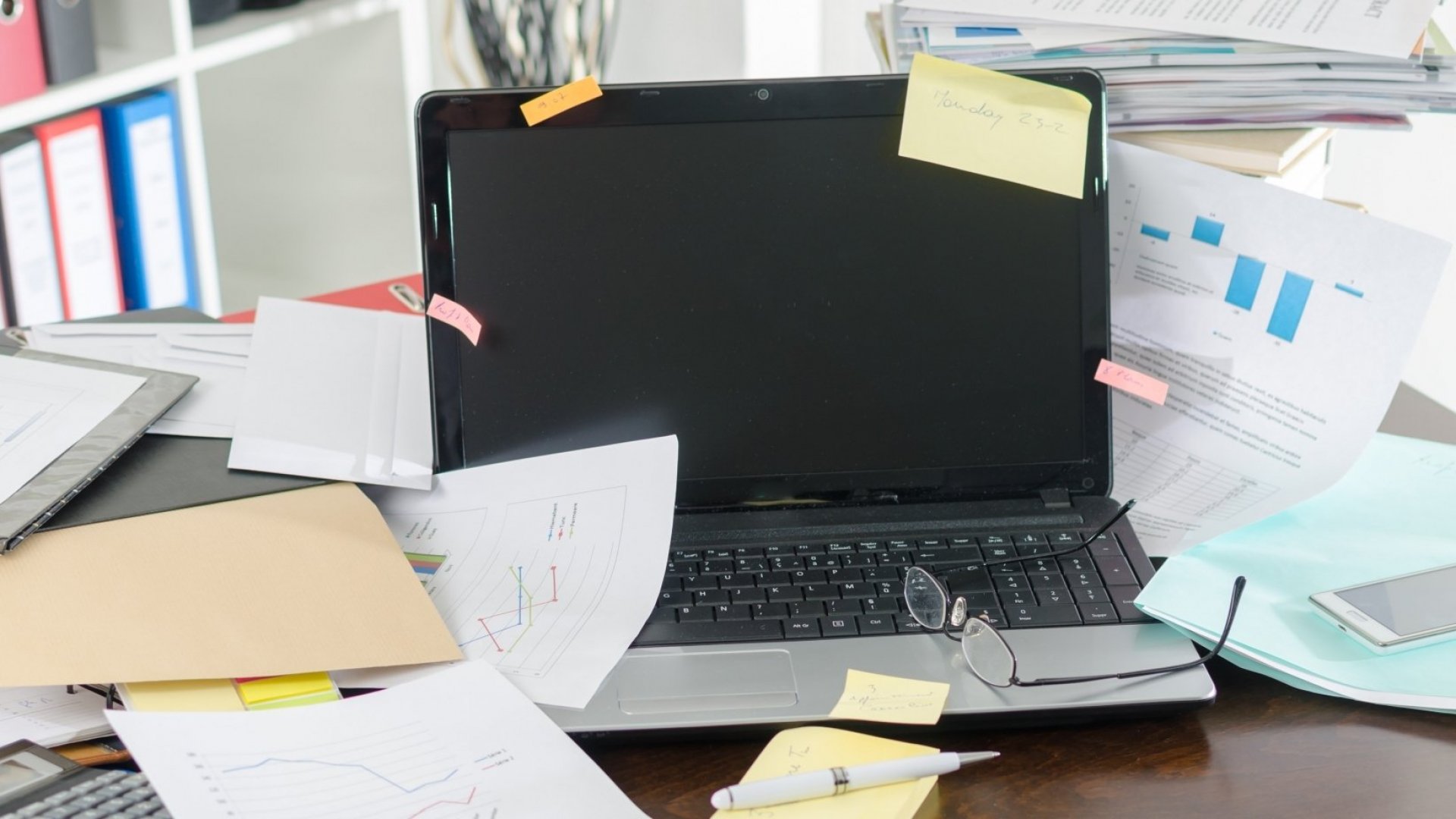
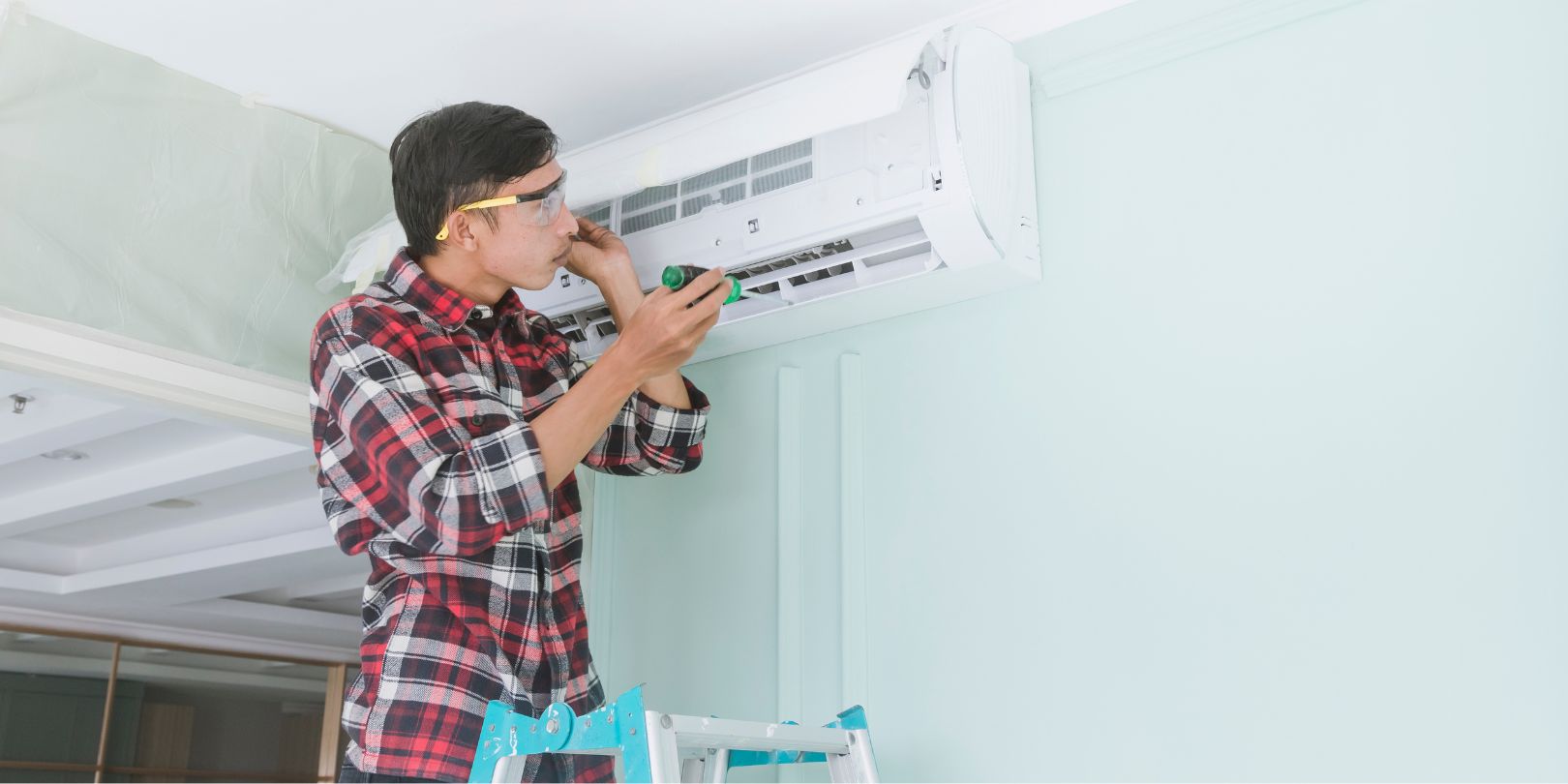
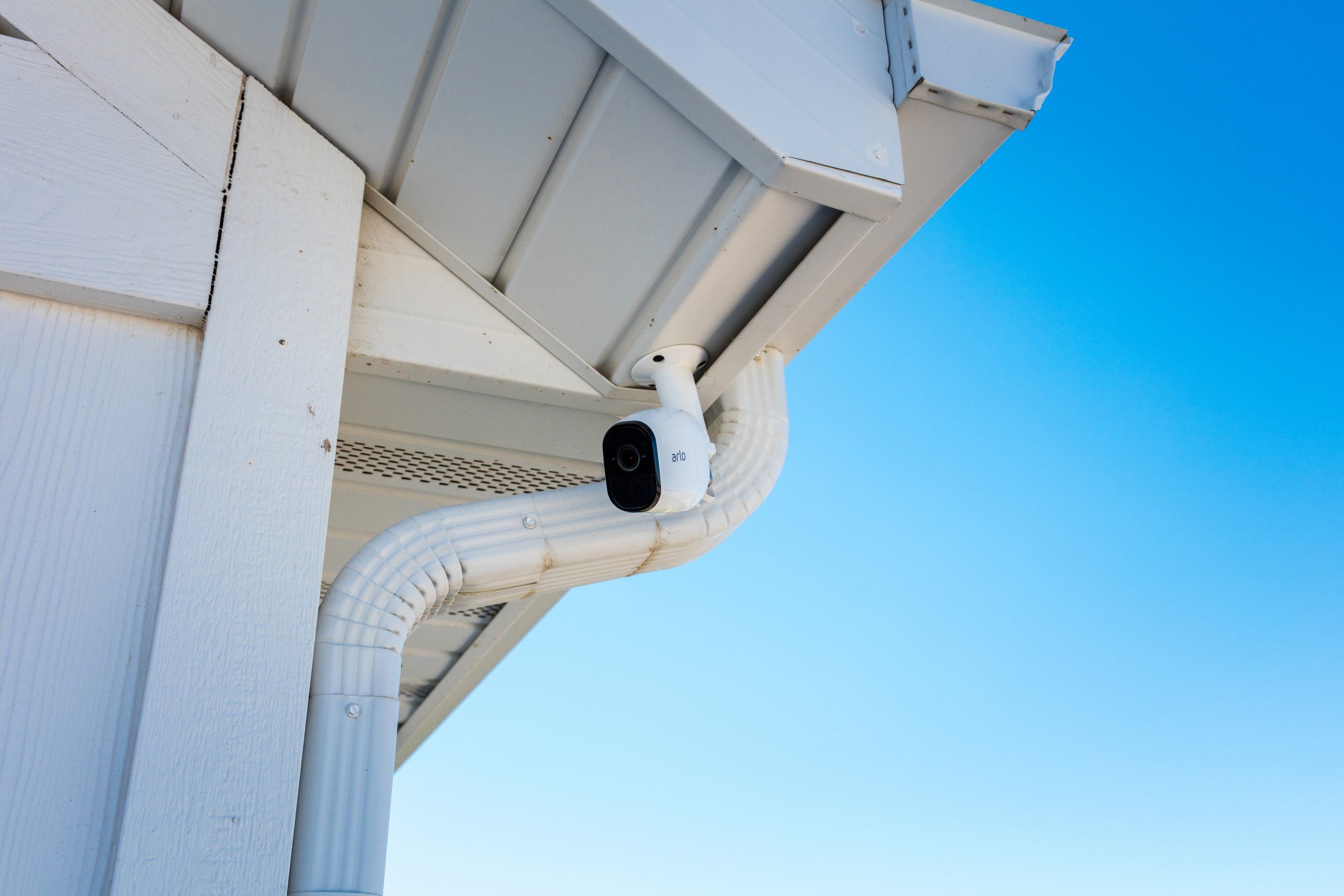
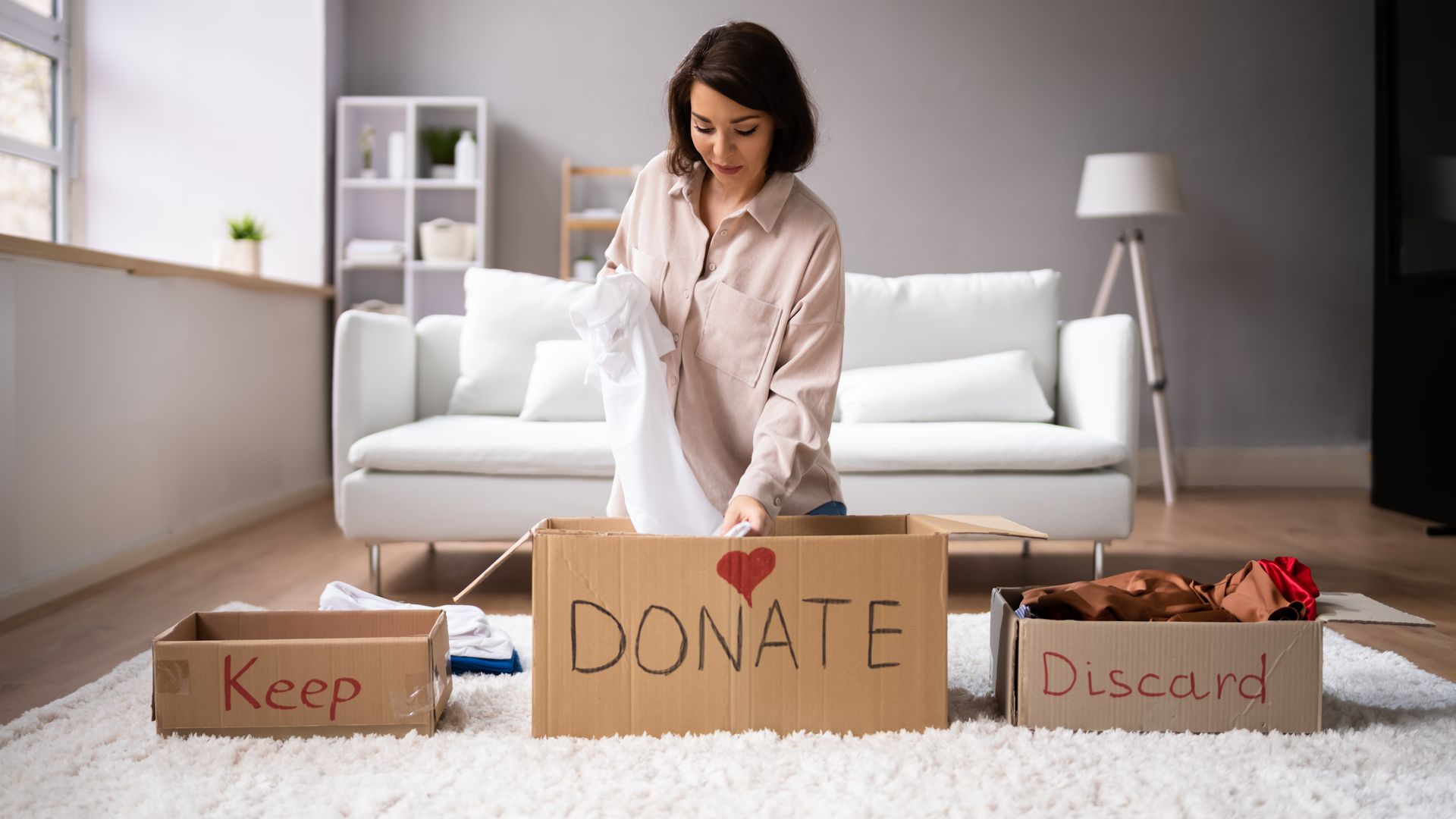
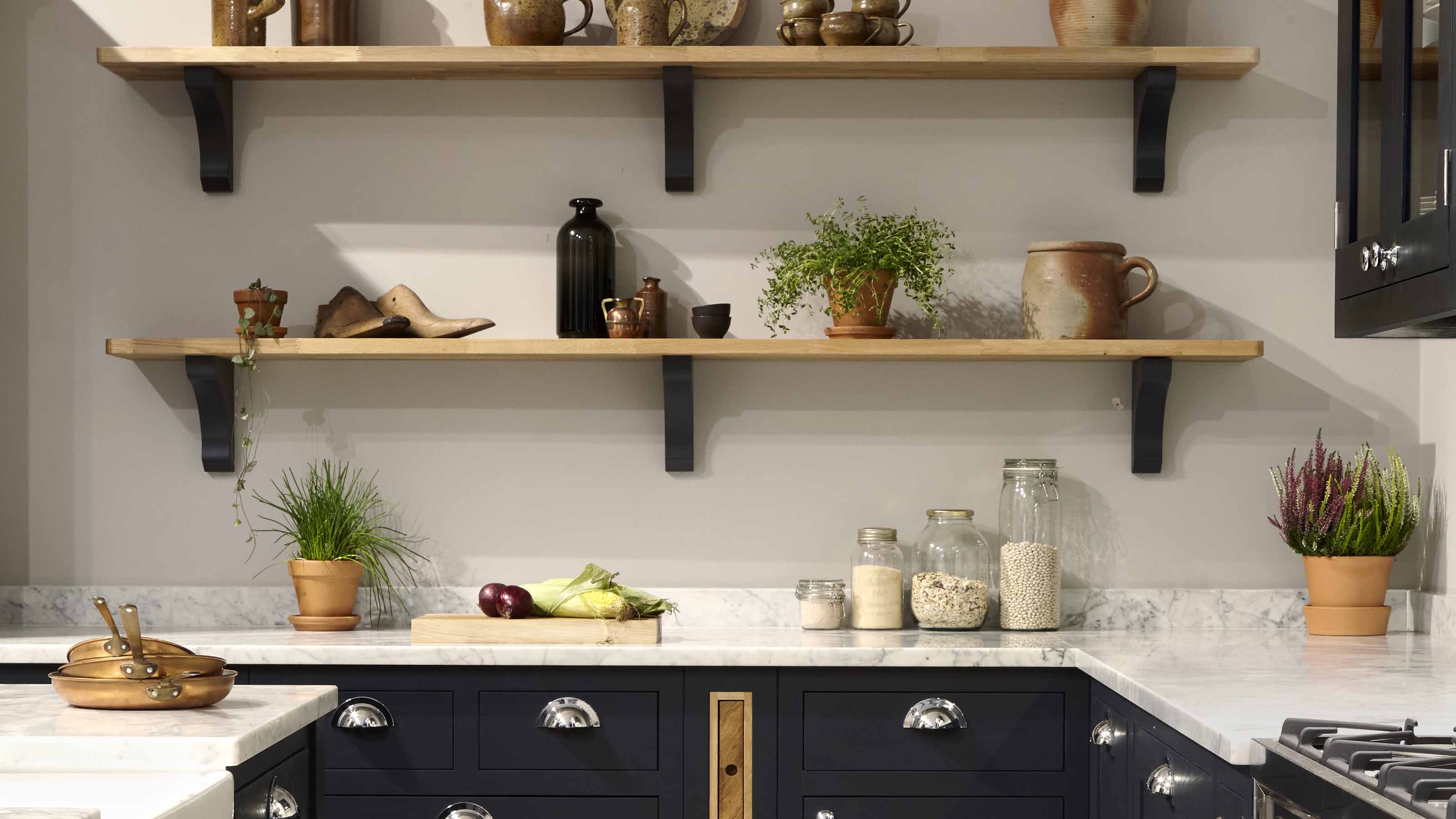

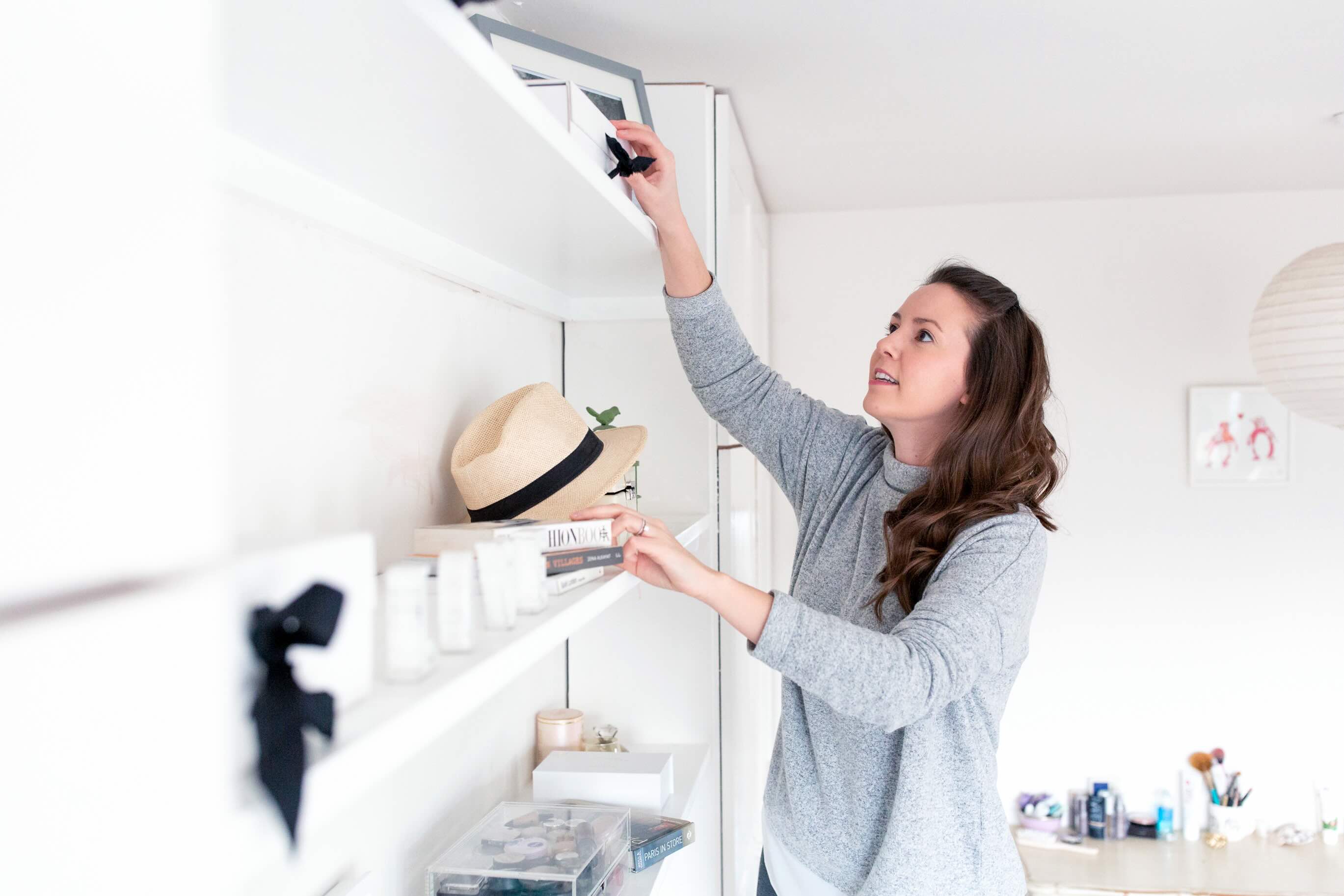
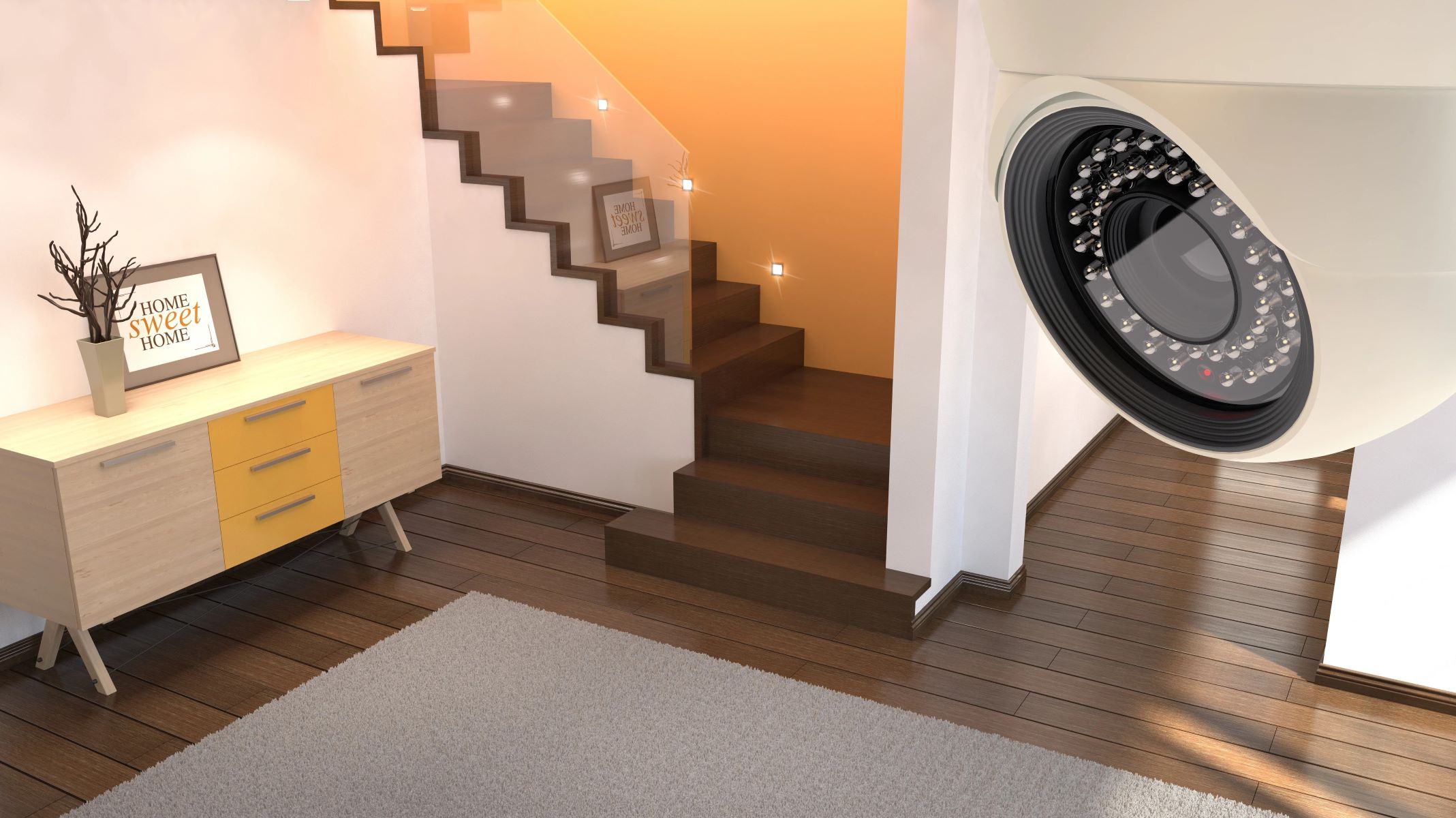
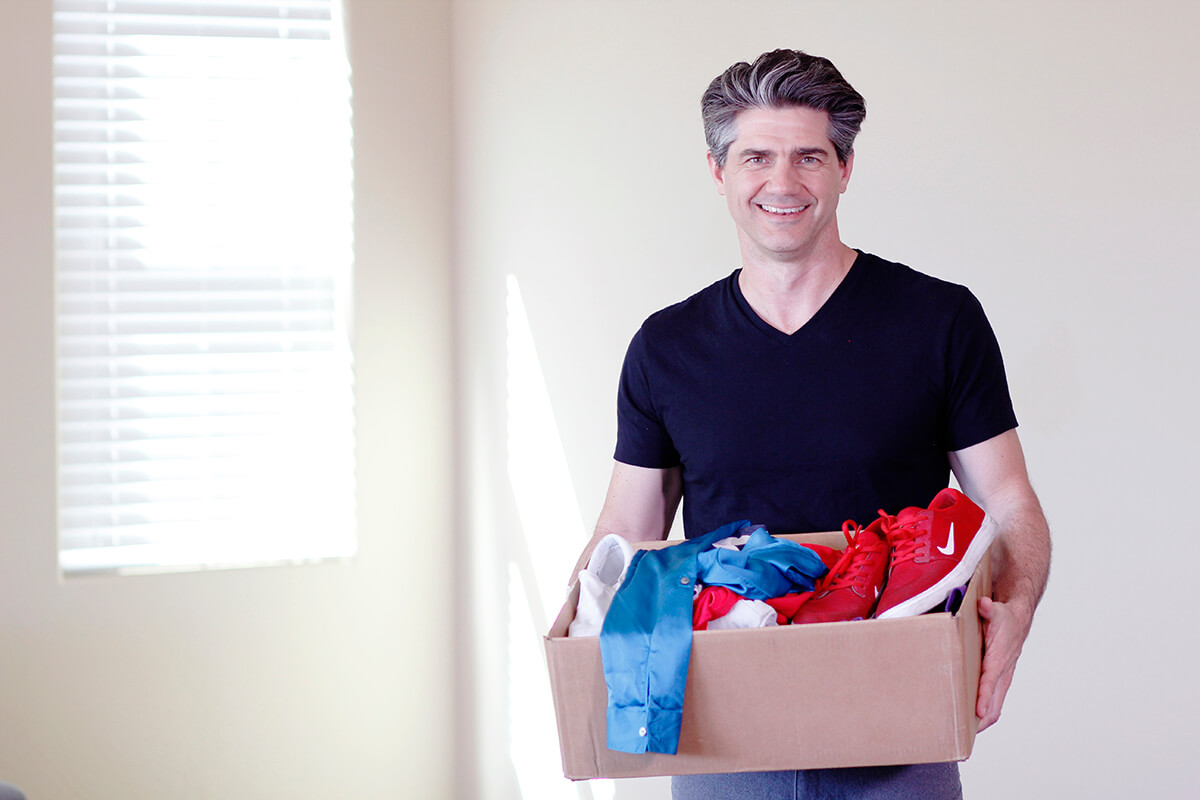
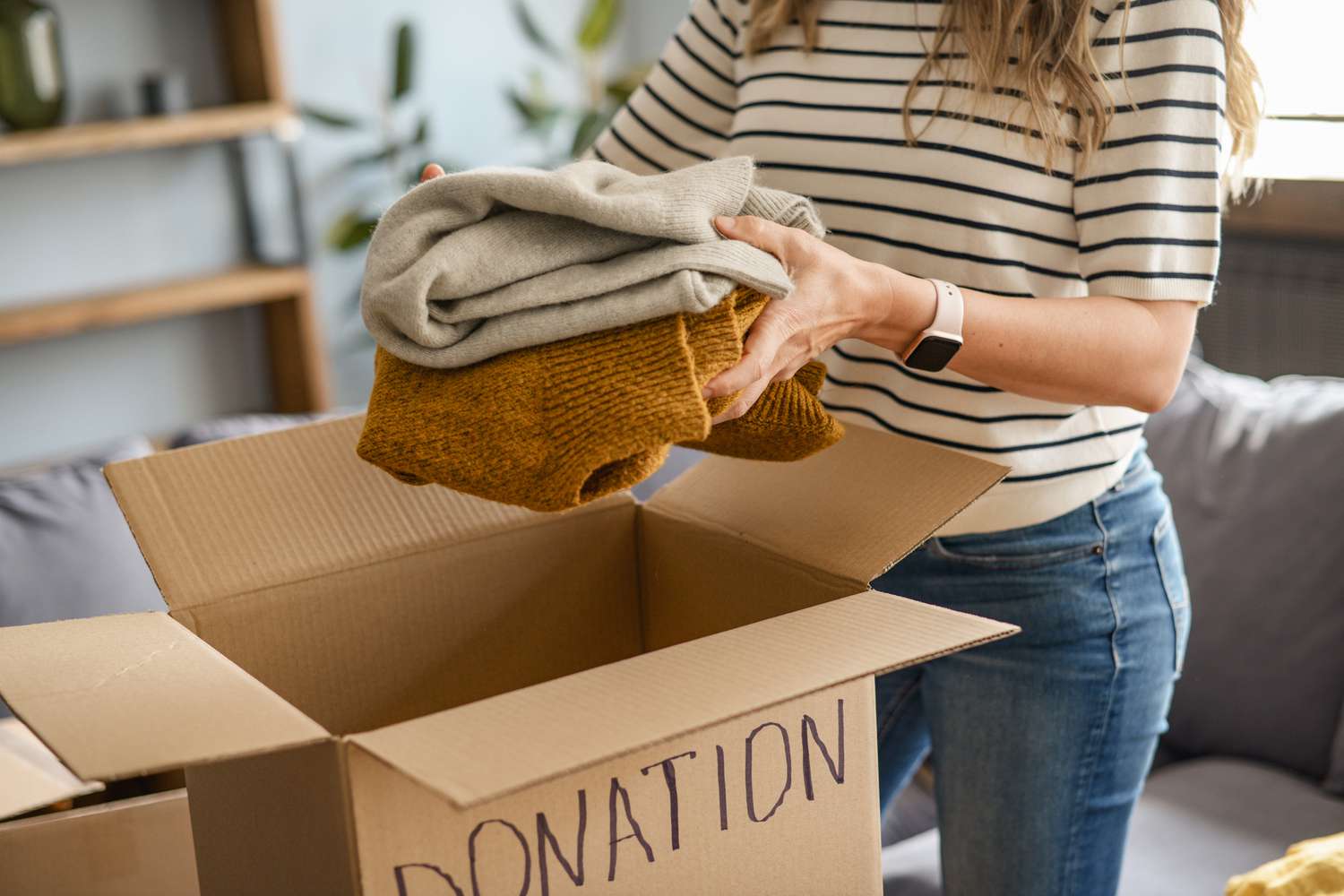
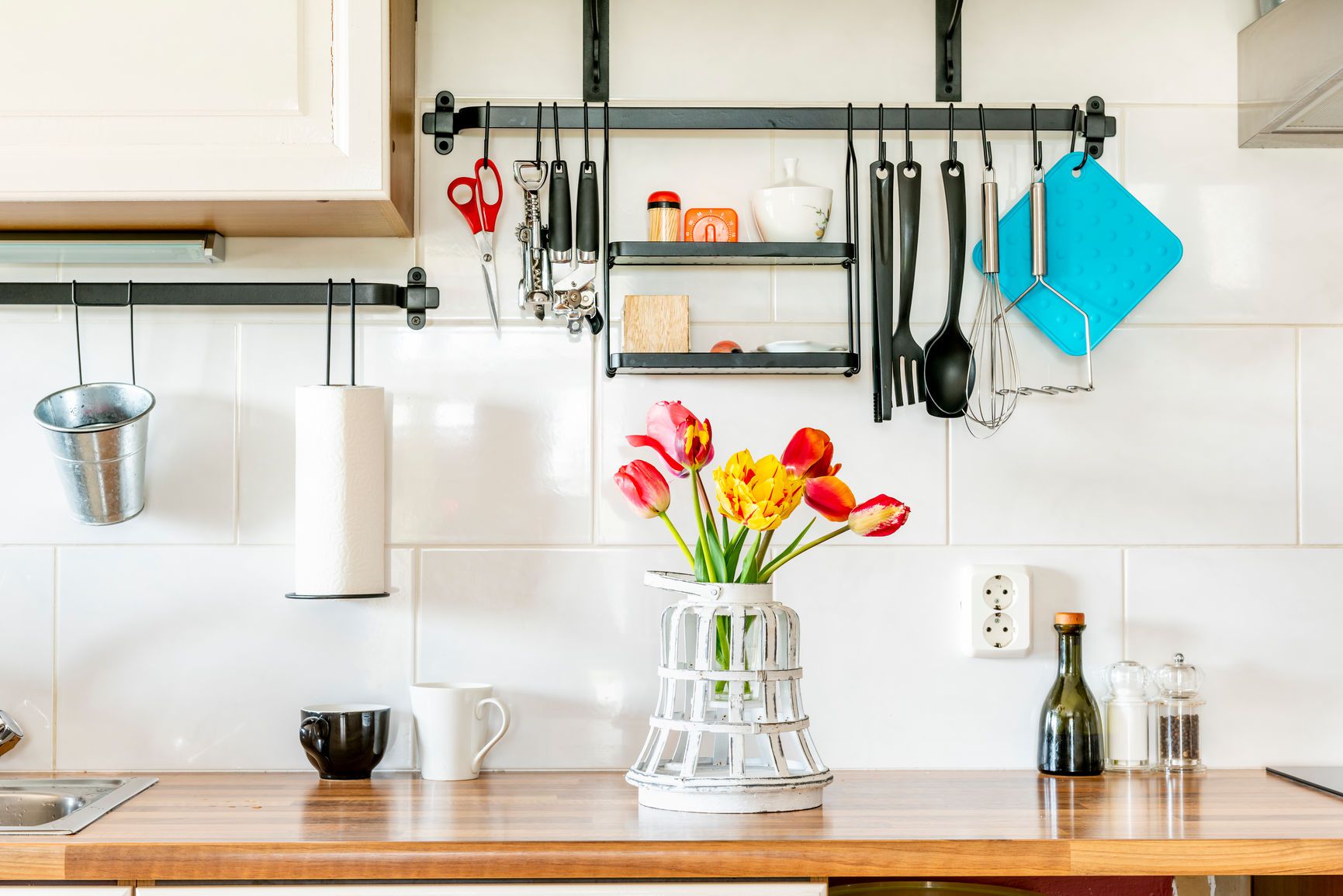

0 thoughts on “How Do You Declutter Your Home When You Are Overwhelmed”